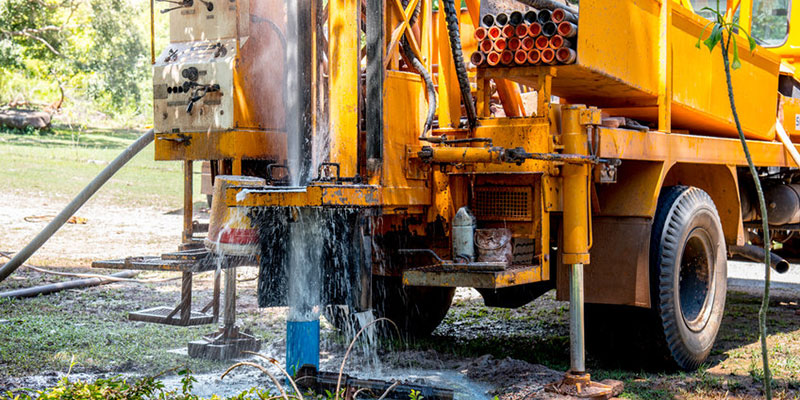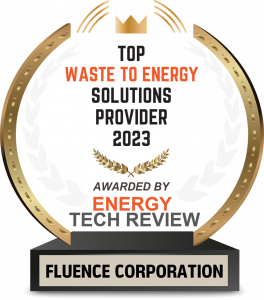Decoupling economic growth from resource depletion requires doing more with less, for instance, reusing water rather than digging more and deeper groundwater wells.
It will take sustainable wastewater treatment solutions to unlink natural resource consumption and economic growth
Like all species, humans form part of the natural ecosystem. We take from it and contribute to it, but we must ensure the system is kept in balance if we wish it to flourish and keep providing for our needs. In order for humans to survive, as a bare minimum, we need access to vital natural resources such as clean water, land that provides us with the food we eat, materials to build homes that shelter us from the elements, and energy to cook food and keep us warm.
As human societies and economies have evolved, our demands on natural resources have increased, together with our ecological footprint. This has led to environmental issues ranging from increased pollution to global warming and climate change, resulting in a loss of biodiversity and environmental health issues that pose a risk to mankind.
Generally, a thriving economy with an increased rate of production is associated with a corresponding increase in the amount of pressure exerted on the environment. Can this link be decoupled without derailing economic growth?
Economic Growth Without Environmental Harm
An increase in production typically requires more natural materials, water, and energy, and generates more waste, all of which can negatively impact the environment. But they don’t have to.
The word “decoupling” describes when economic growth is no longer associated with environmental damage, loss of biodiversity, and resource depletion. Economists and policymakers are beginning to embrace the concept of the circular economy by promoting the use of green technologies and by providing incentives for reducing environmental impacts and improving environmental performance.
Many of the changes are in line with the Sustainable Development Goals (SDGs) adopted by the United Nations in 2015 in a global effort to end poverty and protect our planet.
While some skepticism over decoupling remains, advances in water and wastewater treatment technology suggest that this key concept of the circular economy is possible. Wastewater, once considered primarily as a potential source of pollution to freshwater systems, can be recycled for reuse, allowing us to recover valuable resources including water, energy, and nutrients that can be used to enrich soil and fertilize plants.
Wastewater Reuse
Advanced technologies such as membrane aerated biofilm reactor (MABR), produce high-quality water that can be safely discharged into the environment, including recharging groundwater in underground aquifers. It is also suitable for nonpotable water reuse. Some examples include cleaning, flushing toilets, irrigating crops, and landscaping.
When further treated to drinking water standards, the recovered water can even be used for direct potable reuse, providing a valuable source of drinking water for drought-prone regions.
MABR offers multiple environmental benefits besides ensuring that wastewater effluent poses no ecological or environmental health risk when it’s discharged into the environment. It allows wastewater to be recycled for reuse and offers a much more energy-efficient alternative to conventional wastewater treatment solutions.
With energy reductions of up to 90%, MABR systems reduce running costs and are suitable for use with alternative off-grid energy sources.
Recovering Energy From Wastewater
Anaerobic digestion is a natural process in which anaerobic bacteria break down organic matter in an oxygen-free environment (digester), producing methane as they go about their business. Since methane is highly combustible, the methane-rich biogas captured in a waste-to-energy system provides a valuable source of energy that can be used on-site as an alternative source of renewable energy.
Anaerobic digestion is particularly useful for treating problematic organic-rich industrial wastewater. It reduces the amount of sludge produced by up to 70% compared to conventional wastewater treatment methods, and, as byproducts of the treatment process, it produces energy and nutrient-rich digestate that can be used as a fertilizer.
When it comes to anaerobic digestion energy recovery, a limiting factor has been the need for reliably high volumes of organic waste (feedstock) in order to reach viability. A technology developed exclusively by Fluence called the external forced circulation (EFC) reactor, however, allows smaller operations to do more with less. With the Fluence EFC reactor, smaller operations can cost-efficiently start producing biogas with no need to pool feedstock and build larger reactors.
The EFC reactor improves on the up-flow anaerobic sludge blanket (UASB) reactor, a high-rate system that already has lower hydraulic retention times than other available anaerobic digestion technologies. EFC technology improves on the UASB process by adding external pumps to recirculate the granular sludge biomass across an expanded bed, increasing interaction between the wastewater and sludge, which improves biological treatment efficiency.
With EFC reactors, efficient biogas production with short retention times of six to 48 hours is available on smaller scales than previously possible, providing an economical solution for smaller operations that want to adopt sustainable biogas production and all the benefits that come with it.
Sustainable Wastewater Treatment Solutions
Fluence offers a variety of advanced closed-loop solutions to safely treat wastewater and reclaim valuable resources such as water, energy, and nutrient-rich fertilizer from industrial and domestic sources. Contact Fluence to find out how our solutions can help your company become more economically and environmentally sustainable.


